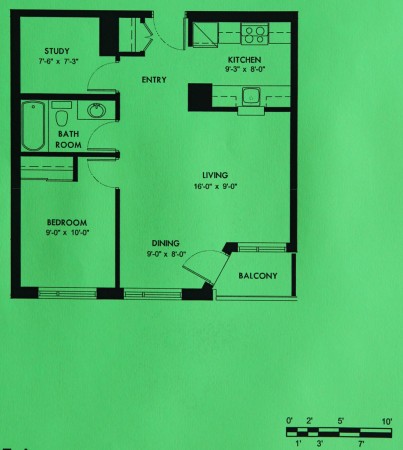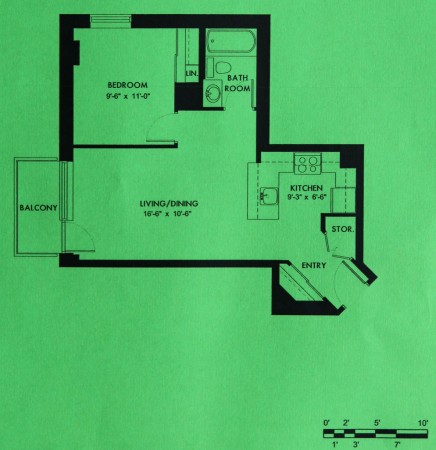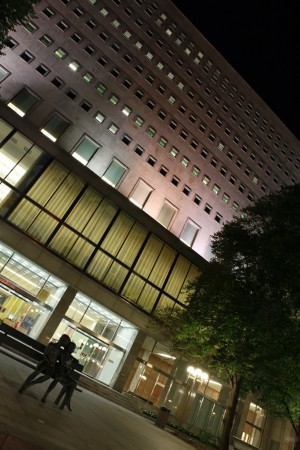The rather unfortunately named ‘Beaver Barracks‘ is an ecologically oriented housing development, being put up by the Centretown Citizens Ottawa Corporation (CCOC). Two buildings are under construction now, at 464 Metcalfe and 160 Argyle, and they are expected to accept their first residents in November and January, respectively. The building on Argyle will be four stories, while that on Metcalfe will be eight, with a roof terrace. Two additional buildings are expected later. In the middle, community gardens will be put in when construction is finished. The whole complex is located just south of the Nature Museum.
I first found out about the place by means of Zoom’s blog.
Sustainability features
For me, the most notable feature of the buildings is how they will be the largest residential development in Canada heated and cooled using ground-source heat pumps. Sylvie Trottier, CCOC’s Green Animator, sent me some details on the system:
The system we are building is a central distribution loop designed to deliver a specific temperature (70 degree F) to heat exchangers located at each of the four buildings. As well, it will provide this same 70 degree temperature to the domestic hot water system via a double wall heat exchanger. The geothermal ground loop is designed to provide 70% of the peak load of the system via the heat pumps; this design actually provides 90% of the annual load. The boilers plumbed to the central loop are incorporated to assist the geothermal heat pumps in maintaining the design temperature of 70 degrees during the peak demand period. The Domestic Hot Water system (DHW) is connected to the central loop through a double wall heat exchanger. The central loop provides the DHW heat pump with a temperature of 70 degree. The DHW heat pump raises the temperature to 150 degree F. The boiler attached to the DHW system is used for the peak periods when the heat pump system requires assistance in maintaining the design temperature. During the cooling season the heat being removed from the building is captured by DHW heat pump system and used to supply the DHW. This feature enhances the overall efficiency of the central plant system. Also important to note is that the central distribution system will maintain itself through a balance of heating and cooling during the shoulder seasons, when the loop temperature is simply maintained through the space conditioning requirements of the tenants.
The central distribution loop will then feed heat pumps in each unit that will provide tenants with control over their own heating, cooling, and hot water.
Geothermal heating and cooling seem ideally suited to Ottawa, given how the city experiences extremes in both summer and winter temperatures. Other sustainability enhancing features include a green roof, low-flow fixtures, efficient lighting and appliances, and a high performance building envelope.
The architects are Barry J. Hobin & Associates Architects Inc.
Unit selection
I attended one of their information sessions yesterday, and ended up submitting an application to live in B^2 (as I prefer to think of it). My top two applications were for 683 square foot one-bedroom apartments in 160 Argyle, with this layout:
The balcony and windows look south, into what will eventually be the central garden area. For the immediate future, they will overlook a construction site.
Reading floorplans isn’t something I have much experience with, so if any readers have the mental ability to turn these pictures into an image of what the apartments will be like, I would appreciate your feedback.
The other unit I applied for, as a third choice, is a 602 square foot one-bedroom apartment, located on the 5th floor of 464 Metcalfe. It has this floorplan:
The bedroom window would look north, toward the Museum of Nature, with the balcony above the central garden area.
The rent for each unit is $956, plus various expenses. For the units I selected at 160 Argyle, heating and cooling are $62.83 per month. For that at 464 Metcalfe, it is $55.39. HST, electricity, laundry, and internet would be on top of that. Both places are significantly more expensive than my current place, but I think it would be worthwhile for a couple of reasons: primarily, for the benefit of living in a situation where I would be more likely to meet new people, and in order to encourage more sustainable construction.
Lots of other unit types are available: ranging from bachelors to three bedroom units. Heating and cooling costs are set per square foot.
[Update: 1 October 2010] I got word from CCOC. I will be moving into a place modeled on the first floorplan, on 1 January 2011. It will be on the fourth floor of 160 Argyle. It will be my second non-university-residence home.






